How to save for a house
It's no secret that buying a house is expensive. In fact, according to Federal Reserve Economic Data, the median price of houses sold in 2022 in the United States is $428,700. And according to the Census Bureau, the average sales price was $570,300 in April 2022, an increase from $434,800 (31.2%) in April 2021.
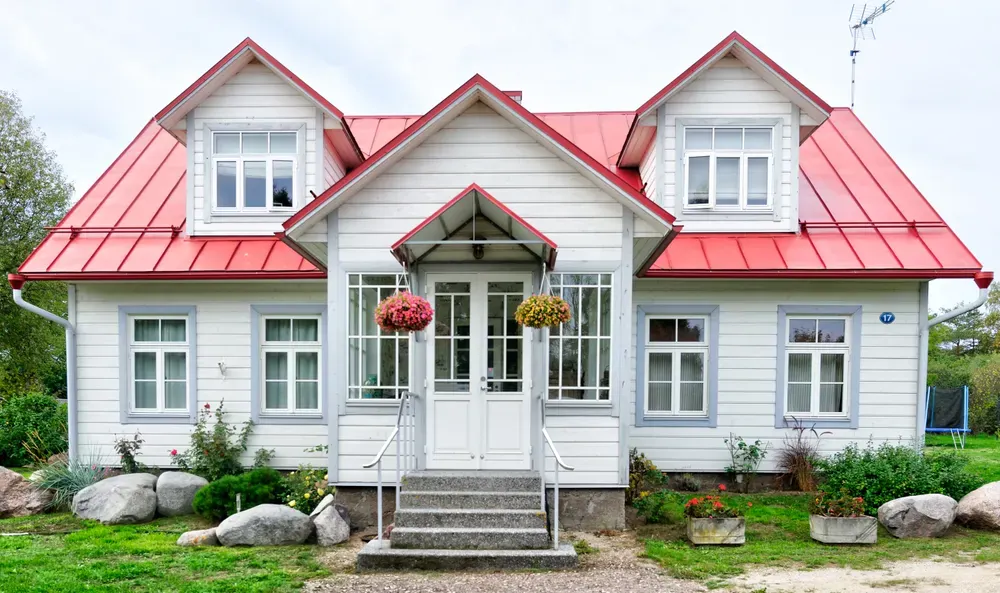
Like most people, you probably don't have that kind of money saved up.
Don't worry – we're here to help! In this article, we'll teach you how to save for a house. Follow these tips, and you'll be on your way to homeownership, making the right financial decisions with confidence and in no time!
But, before we start talking about how to save for your new house, let's talk about all the costs associated with purchasing a real estate property, including the down payment. It is imperative to clarify that it is out of the scope of the present article to present an exhaustive study of the different types of loans available in the market to purchase a property in the United States. Instead, we'll give a general rule that will guide you in understanding the costs involved in closing a mortgage for the purchase of a property, the kind of money you'll need to bring to the closing, and how to save that money.
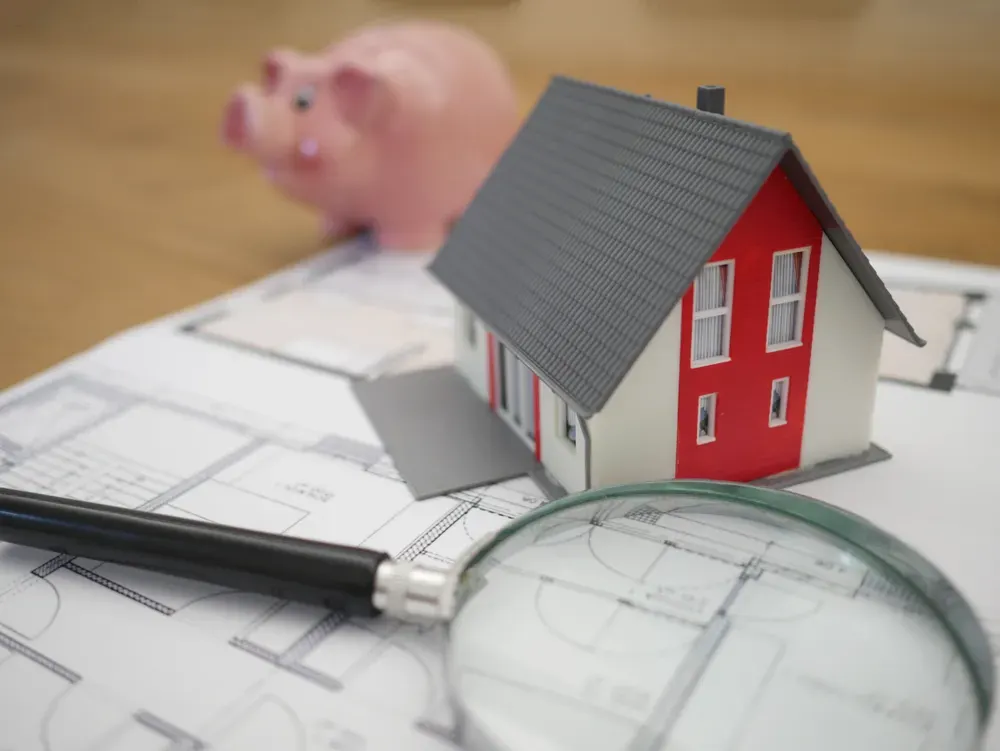
For more than 30 years, Federal law required lenders to provide two different disclosure forms to consumers applying for a mortgage. The TILA-RESPA Rule explains how to fill out and use the forms.
- The first new form (Loan Estimate) aims to provide information that will assist prospective borrowers in understanding the essential elements, costs, and risks of the mortgage loan they are applying for. Consumers must receive the Loan Estimate within three business days after they submit a loan application.
- The second form (Closing Disclosure) is intended to provide consumers with information about all of their expenses associated with the transaction. Consumers must receive the Closing Disclosure at least three business days before the consumption of the loan.
Consummation is not the same as closing, and it occurs when the consumer becomes contractually obligated to the creditor on the loan.
The present article will focus on the costs disclosed in the second form.
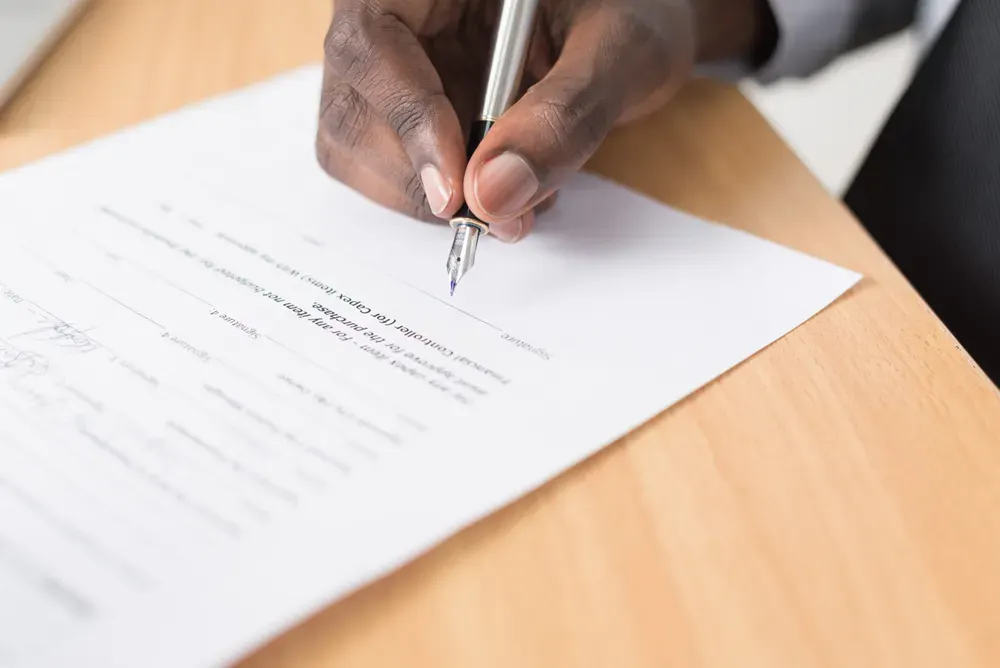
Costs to consider when saving for closing
Prepare for it! A down payment is no longer all you need to pay for when purchasing a home.
The Calculating Cash to Close table has nine items listed in the table:
- Total Closing Costs: Total closing costs in a mortgage include several items, such as loan origination fees, the mortgage insurance premium, underwriting fees, appraisal fees, title search, and title insurance.
- Closing Costs Paid Before Closing: This includes costs like the home inspection, appraisal, and any pre-closing loan fees. Typically, the buyer will pay these costs to the lender to start the lending process. In many cases, the buyer can negotiate to have some or all of these costs paid by the seller.
- Closing Costs Financed (Paid from your Loan Amount): This cost refers to the sum of money that is needed to cover the various costs associated with the purchase and sale of a property and typically includes items such as attorney fees, title search fees, and recording fees. Most lenders require buyers to pay for at least a portion of these expenses out-of-pocket, but some will allow you to finance them into your mortgage.
- Down Payment/Funds from Borrower: are typically used to cover the cost of the home purchase. The borrower can fund the down payment amount in several ways, including personal savings, proceeds from the sale of another home, or may come from a family member or friend who is gifting the money to the borrower. A higher down payment requirement of at least 20% is typically recommended to avoid paying for private mortgage insurance (PMI), which protects the lender in case of default.
- Deposit: When borrowers take out a mortgage, they are often required to make a deposit, also known as "good faith money." This deposit is put into an account held by the lender, and it is used to cover any costs associated with the mortgage, such as property taxes and insurance. Sometimes, the deposit may be refundable if the loan is not approved or the property sale does not close.
- Funds for the borrower: are the funds used to finance the home purchase. The lender will provide the funds to the borrower, who will then use them to purchase the home. The lender will then become the property owner, and the borrower will be responsible for making monthly payments to the lender.
- Seller Credits: Seller credits are a form of financial assistance that a seller can give to a buyer to help them purchase a property.
- Adjustments and Other Credits: Adjustments and other credits to the borrower in the closing refer to items deducted from or added to the total amount of money the borrower owes on the mortgage. It's important to review this document carefully to ensure everything is correct. If there are any discrepancies, it's best to address them with the lender before closing.
- Cash to Close: Cash to close is the grand total that a borrower needs to bring to the closing of their home loan. This amount includes the down payment and any closing costs. The down payment is typically a percentage of the home's purchase price, and the costs are all the fees associated with getting the mortgage mentioned in the paragraphs above. These costs can vary depending on the lender, the financial product, and the state where you buy a home.

Calculate Your Down Payment and Timeline
Depending on your plan, you might already have an estimated goal to save money for the down payment to purchase your future home.
Down payments for most mortgages can differ tremendously, depending on the financial products available in the market.
For example,
- If you qualify for USDA loans or Veterans Affairs loans, you may be able to acquire a home with no money down.
- It's possible to buy a home with as little as 3% down depending on your loan types, like FHA loans and credit score.
- In the United States, the typical down payment is around 6% of the loan value.
- A conventional loan requires a down payment of at least 3%. However, your lender might ask that you contribute more of the down payment. Typically, 10% of the loan amount will require you to pay the Private Mortgage Insurance (PMI). But you can ask to cancel your MIP after you reach 20% equity in your house on a conventional loan.
Even though the typical down payment in the United States is around 6% of the loan value, you'll have to put beside the down payment money for the cost of closing the transaction, property taxes, and ongoing repairs and maintenance.
For the sake of the present article, let's assume some base numbers so that we can start from there to discuss how to save for a house in eight simple steps.
- Origination Fees: Origination fees are the fees charged by a lender for processing a loan application. Typically 1% of the loan amount.
- Discount Points: Discount points are fees that a borrower pays to a lender to receive a lower interest rate on a loan.

Note to the reader. I worked in the mortgage industry for several years, and I will share with you, right here and right now, a dirty little secret no lender will dare to tell you.
The mortgage lender will immediately sell that loan in the secondary market. In theory, a home loan with a high-interest rate will be sold in the secondary market for at least 100% of its face value, but an obligation with a lower interest rate will be sold for a lower amount than its face value.
The financial institution that originates your loan wants to make as much profit as possible between what charges you for origination fees, discount points, and what they finally get from selling your mortgage in the secondary market.
And the minimum ideal amount they want to get from you is 4% of the loan amount. So, do you want a lower interest, it will cost you! Good credit is essential, but you will pay your lower interest rates dearly!

Your Discount Point could be anything from zero to 4 points, depending on the type of financial product you are using, your credit, the interest rate you want to pay, and other market factors. For this article, we are assuming the amount of 3% of the sales price.
- Mortgage insurance. Depending on your type of home loan, you might have to pay insurance. PMI for Conventional Loans (It varies tremendously. We'll assume the highest, 1.5% upfront PMI for conventional loans). Upfront MIP for FHA 1.75% of the loan amount for FHA). Funding Fees for veterans (FF for VA loans, 1st time no down payment would it be 2.3%). For this article, let's assume an arbitrary amount of 1.75% of the sales price.
- All the other home-buying costs for closing. This article is not the place to dive into all the different services charged to the borrower. A typical FHA could be around 3% of the loan amount. A Conventional loan with a 10% down payment could be about 6% of the loan amount. For VA, it could be around 3%of the loan amount. For this article, let's assume an arbitrary amount of 4% of the sales price.
- And the big elephant in the room, the down payment. We already know that the down payment is the most important home buying cost, and it could be anything from zero to twenty-five percent of the sales price. For this article, let's assume an arbitrary amount of 10% of the sales price.
Please note that this article assumes that all amounts are based on the sales price instead of the loan amount. Let's now add together all the percentages.
The total amount our imaginary borrower needs to bring to the closing will be 1+3+1.75+4+10= 19.75. Let's round the number to 20% of the sales prices. (It is best to be safe than sorry.)
That means 20 thousand for every $100,000 of the sales price.
Remember, we are assuming 3% of discount points and 10% of the down payment. Tose could be way lower than what we are considering for this article.
Before you say anything, yes, I know that you can purchase a property for way less than what I'm suggesting in this article. But I'm assuming a realistic-worst-case scenario.
Now, back to our premises for this article. If we assume an arbitrary sale price of $400,000, we have a grand total of $80,000.
Seller's concessions
When a seller agrees to provide a concession as part of the sale, they are essentially waiving some of the money they would receive from the sale to make it easier for the buyer to obtain financing.
Usually, this only occurs for sellers who need to move to the next house immediately.
This seller's concession could involve the seller paying some of the costs at closing for the buyer or providing credit towards the purchase price. Usually, the seller can contribute up to 6% of the sales price. For this article, we are assuming zero percent of the seller's concessions. Sorry buyer, we need to estimate the worst-case scenario.
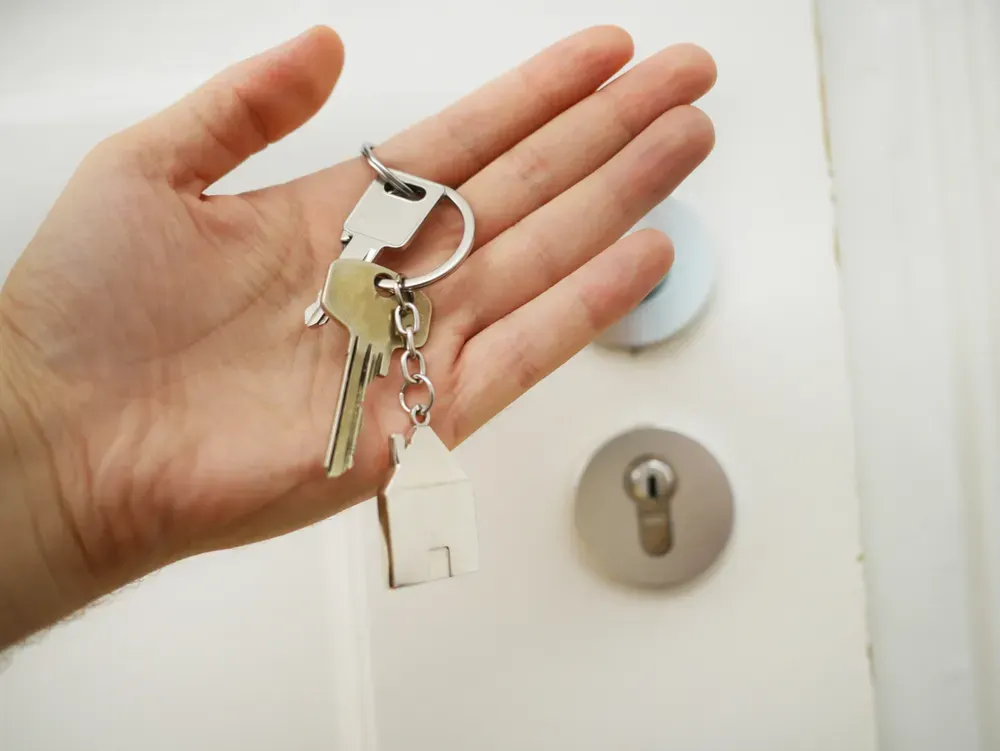
How to save for a down payment?
Now, we know that when we say how much to save for a down payment, we really mean how much we need to save to have enough money at closing. Let's find out how we can save that amount. Remember, we are estimating $20,000 for each $100,000 of the sales price.
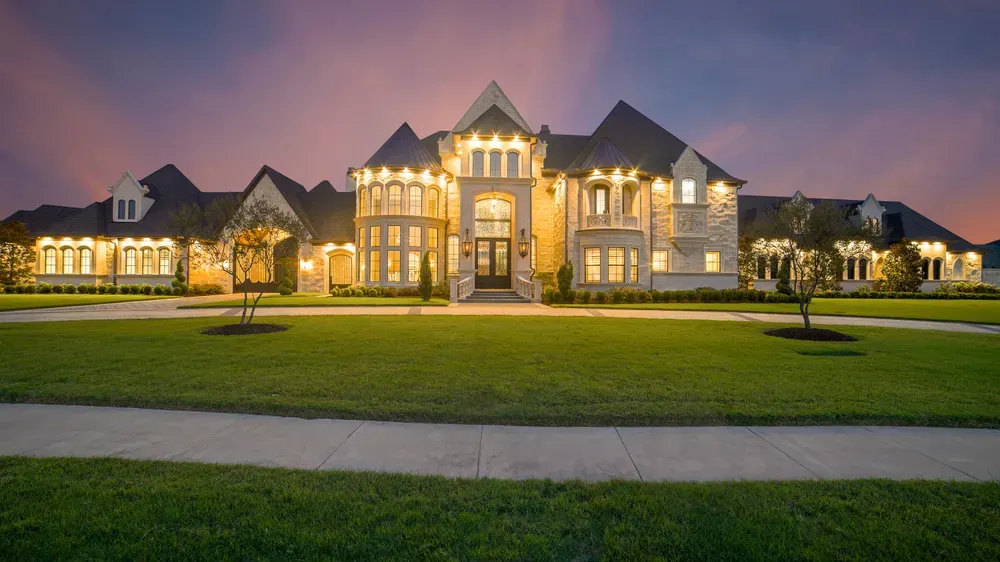
How much can I afford to pay per month on a house?
The debt-to-income (DTI) ratio is a metric used by the mortgage lender to determine how much debt a person can reasonably be expected to repay each month relative to their income.
The DTI ratio is calculated by dividing a person's monthly debt payments by their monthly income. A high DTI ratio can indicate that a person is overextended and may be at risk of defaulting on their loans.
Lenders prefer a debt-to-income (DTI) ratio lower than 36%, with no more than 28% of that debt going towards servicing a mortgage or rent payment.
What does that mean? It means that, for every $1,000 of monthly gross income, you should dedicate only $280 towards the cost of your housing. If your house payment is $1,120/ month, you should be making $4,000 per month in gross income.
How much can I afford to pay per month?
According to the Office of the Comptroller of Texas, the average annual wages were 57,988 a year. If we divide that amount by 12 months, the result is $4,781/ month of the average gross salary in Texas.
If we multiply the average gross salary by 28%, which we have said should be the maximum fraction of your monthly salary that you can dedicate towards your house, the result will give us a monthly obligation equal to $1,338.9/month.

How much mortgage can I afford?
If we assume a 6% of interest, that would give us a mortgage of $223,317.
How much house can I afford?
If we have said that our down payment is 10%, it means that our sales price is $248,130.
How much money do you need to save for a house?
OK, assuming that our annual wages are 57,988 a year, with these numbers. We can afford to buy a house for up to $248,130.
Let's recap:
Sales price: $248,130.
Down payment (10%)= $24,813
Mortgage: $223,317
Interest rate: 6% (fixed)
Term: 30 years
The borrower needs to bring total cash at closing, including the down payment (20% sales price): $49,626.
Wow, congratulations! Now that we know how much cash at closing we need to bring, it is time to establish a saving plan for that amount!
Have an emergency fund in place.
Emergencies happen, and your emergency fund is not there to pay for the down payment of your new house. Ensure that you have at least three to six months' worth of your expenses in a savings account designated as your emergency fund before considering saving for a house.

Deal with debt.
Start by paying down high-interest debt first, such as credit cards, student loans, and auto loans. Not only will this reduce the interest you're paying, but it will also free up more money each month to put towards savings.
Remember to keep your emergency fund separated from your other savings accounts.
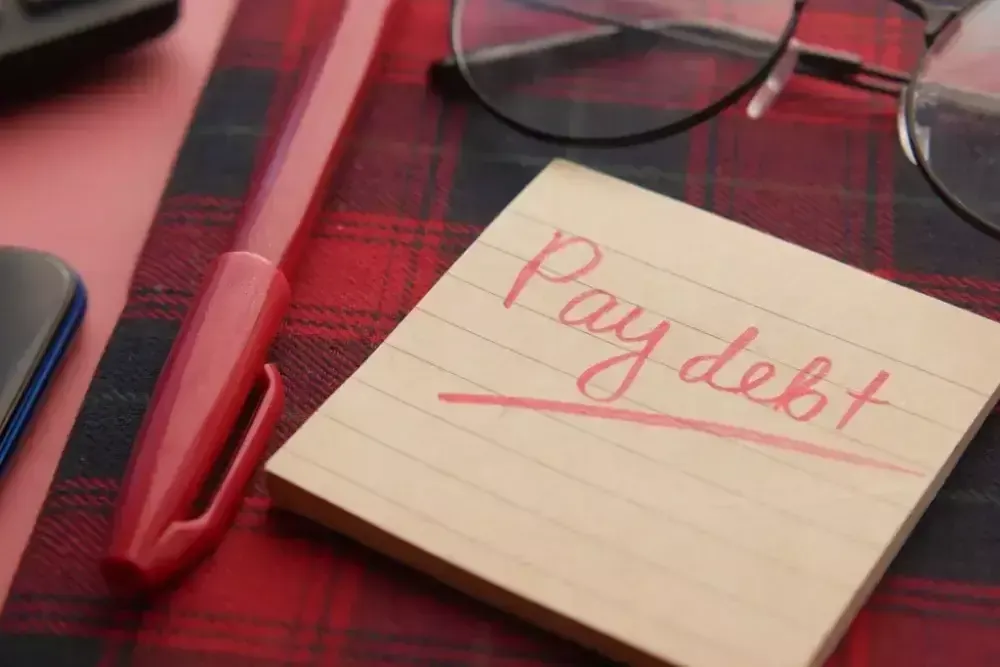
Open a Down Payment Savings Account
When you are ready to purchase a house, it is important to begin saving in your down payment fund as soon as possible. One of the best ways to save for a house is to open a savings account.
Different savings accounts you can choose from
Among all the savings accounts available in the market, a High Yield Savings Account can help you earn interest on your deposits, which can add up over time.
High yield savings accounts typically require a minimum deposit and may have other restrictions such as a limited number of transactions per month.
You may also consider opening a money market account, which can offer even higher interest rates.
A high-yield savings account is a bank account that pays a higher interest rate than a traditional savings account. A money market account is a bank account that pays a higher interest rate than a traditional checking account and typically has higher minimum balance requirements.
High-yield savings and money market accounts are considered "cash management" because they offer easy access to your money and typically come with checks and debit cards.
If you are comfortable with risk, you may want to invest some of your savings in an investment account, such as a stock market account, since the average stock market return was 8% per year throughout the 20th century, while high-yield savings accounts' annual percentage yields have typically been less than 2% in recent years.
However, it is important to remember that the stock market can go up or down in value, so you should only invest money you can afford to lose.
You will be one step closer to owning your home by saving for your down payment.
Save automatically.
One of the best ways to start saving for a house is to set up an automatic withdrawal from your checking account and deposit such funds into one of your savings accounts, specifically, your designated down payment savings account. This way, you're less likely to spend the money on other things.
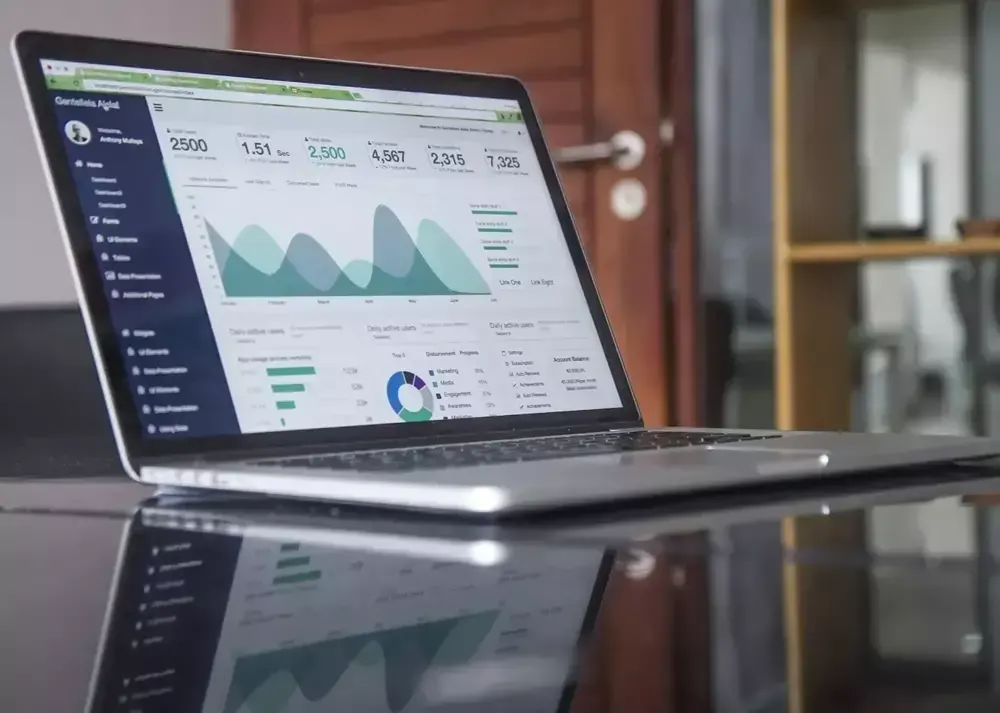
Note regarding your retirement savings
Don't press pause, borrow from or cash out your retirement accounts to use them to purchase your house. You'll pay taxes and early withdrawal penalties and harm your retirement funds' long-term growth.
How to save more money?
Extra money is key when you buy a house. There are many ways to make extra cash, and every little bit helps. Here are a few ideas:
Consider downsizing
Sell unwanted items online or at a garage sale.

Rent out your spare room or parking space
Does anyone have more space for the bedrooms of their apartment? Alternatively, in cities where parking is a priority, rent your assigned parking space through a mobile app like JustPark. JustPark lets you rent your parking space as you rent an empty apartment on Airbnb.
Track down your expenses
Create a family budget and track how you spend money, and cut back on extra expenses, such as dining out on "special occasions" or on other expenses such as cable TV. The 50 30 20 Rule is the easiest way to start a budget if you don't know how to start one.

Work hard for a raise
Our nation is facing a major resignation crisis, as many employers struggle to retain skilled workers.
The job market is here, so use your power! Please take the necessary time and submit your request with achievements in the industry and not with your home situation.
It can also be useful in boosting your money by increasing your earning power. If you already enjoy working it will help increase your salary for the year.
Create more streams of income
Earn extra income by taking on part-time jobs, freelance work, or a side hustle. Having a side hustle such as pet sitting or making deliveries are fun ways to reach your financial goals.
Search for assistance in your state or city
Take advantage of government assistance programs, such as the First-Time Homebuyer Tax Credit.
Set realistic goals
Set realistic goals and be patient while saving for a home.
Involve the whole family and stay motivated
It is a good idea to involve all the members of the family in this goal, including your kids. Stay motivated by tracking your progress and celebrating milestones along the way.
Don't be afraid to ask for help
Tell your friends and family members that you'd love to forgo tangible items and instead receive gift money that you can put toward the purchase of your new house.
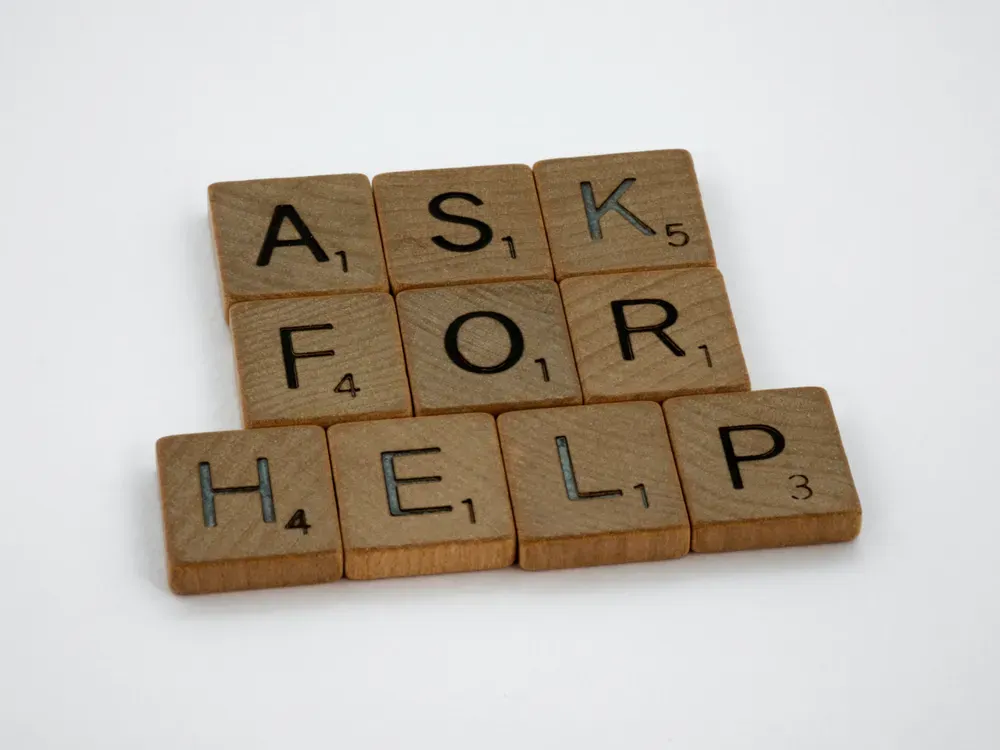
Remember to save for your moving expenses
When saving for your new house, also take into consideration your moving expenses, which can easily run into four figures for a family.
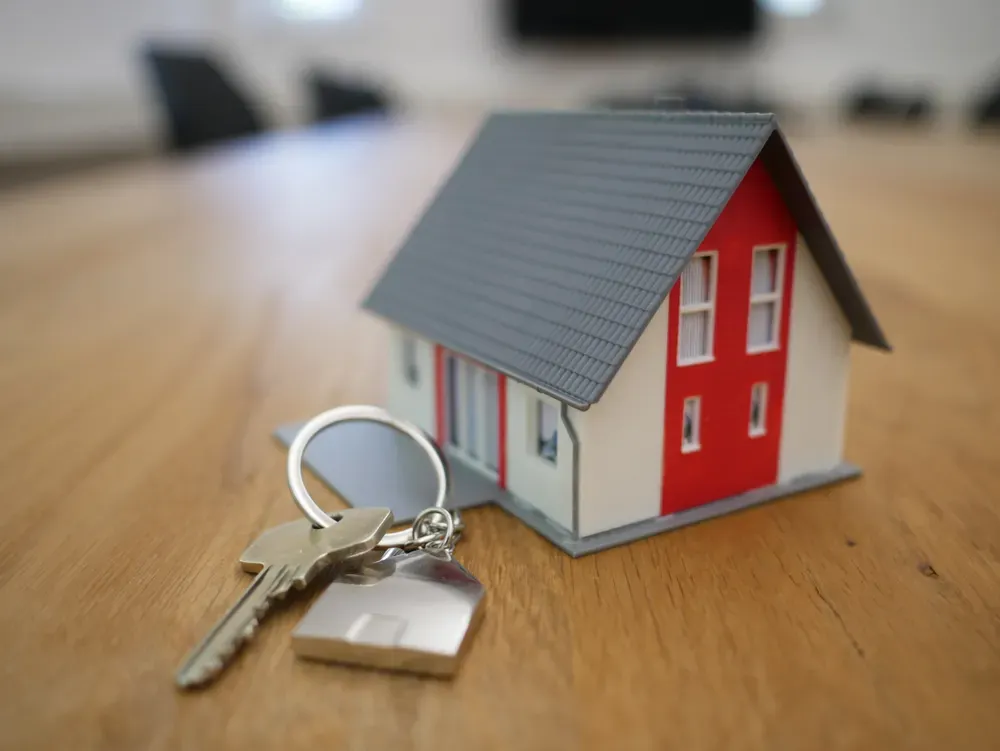
Conclusion:
Congratulations on making the decision to save for a house! It's not an easy task, but with some hard work and these helpful tips, you'll be well on your way.
Buying a home is one of the most important decisions you'll ever make, so it's important to do your research and get started as soon as possible.
Let me know in the comments below how you're planning to save for your dream home – I'm happy to help, and I would love to hear from you!
